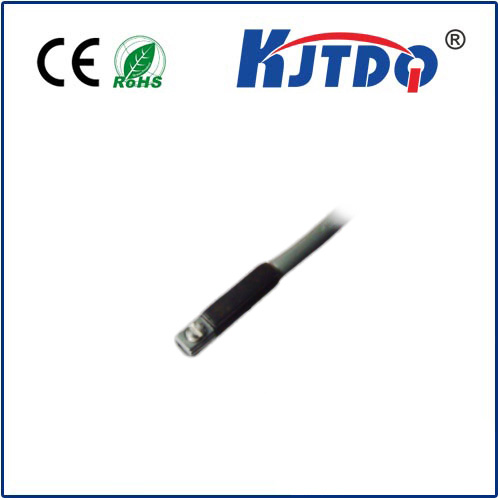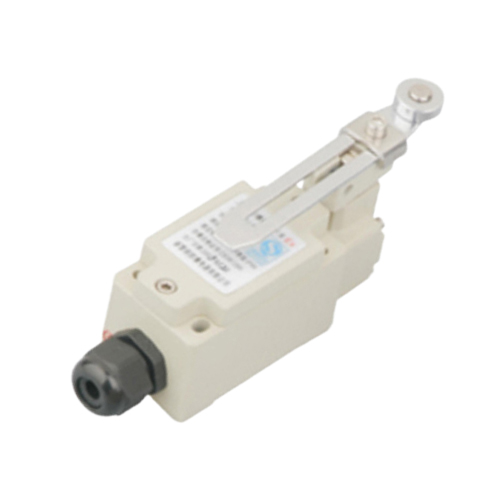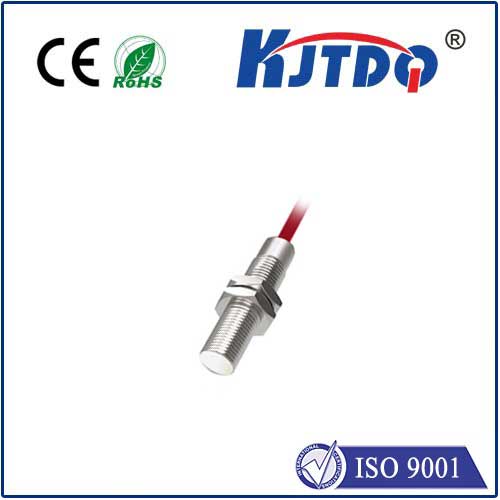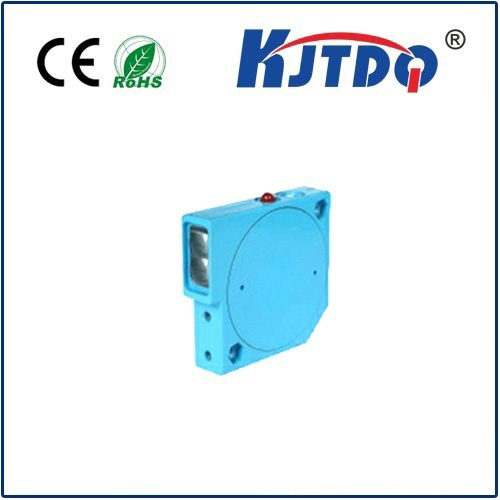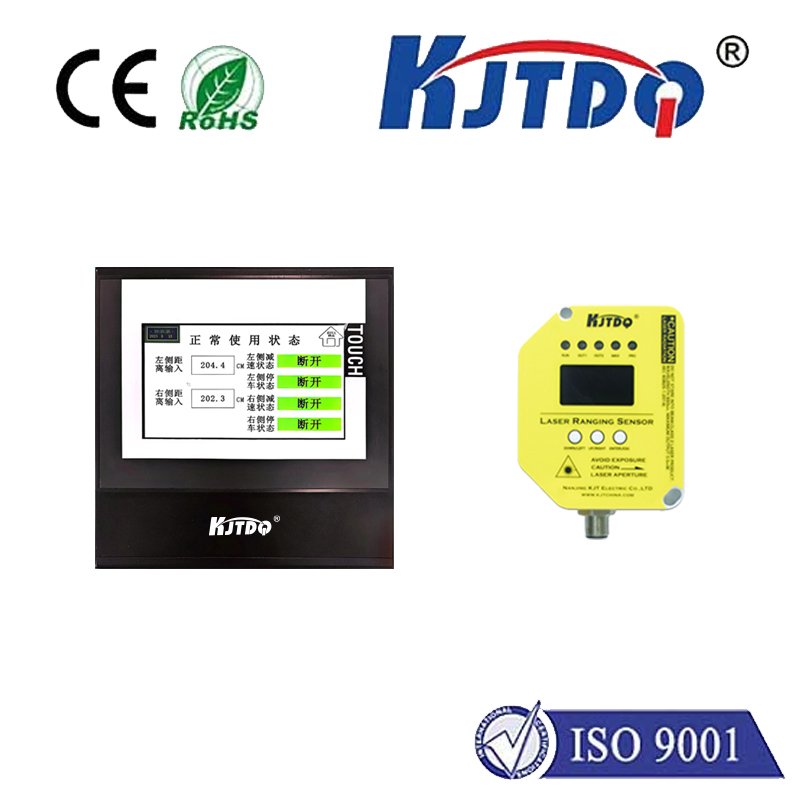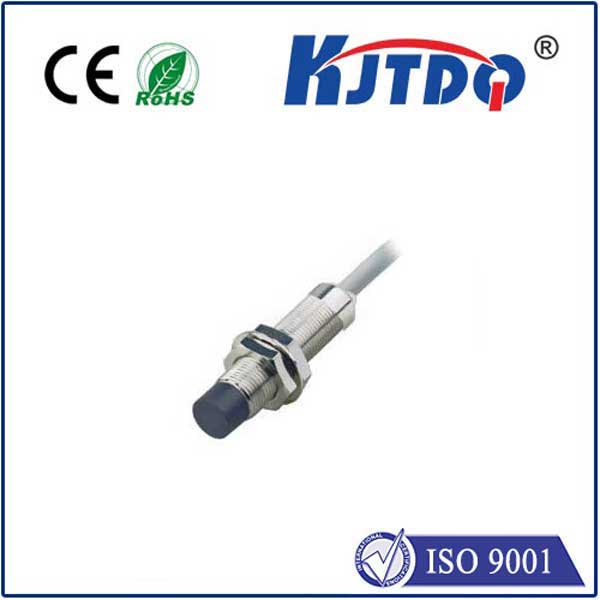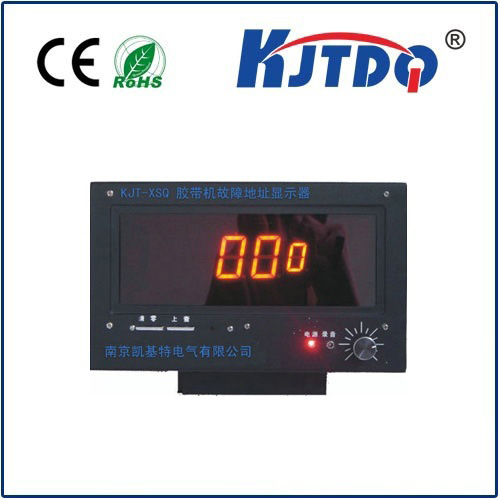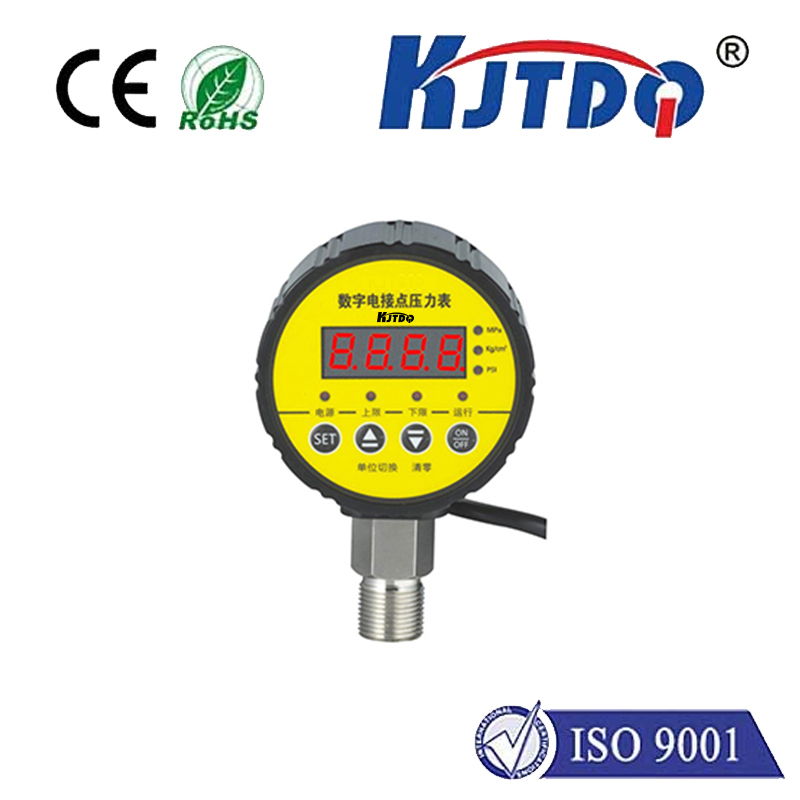

check

check

check

check

check

check

check

check

check

check
Title: Understanding the Importance of Limit Switches in Electric Furnaces
Electric furnaces are widely used in various industrial applications, including metallurgy, ceramics, and glass manufacturing. These furnaces operate at high temperatures and require precise temperature control to ensure optimal performance and product quality. One crucial component that plays a vital role in achieving this level of precision is the limit switch for electric furnaces. In this article, we will explore the significance of limit switches in electric furnaces and how they contribute to their efficient operation.
What is a Limit Switch for Electric Furnaces?
A limit switch is an electromechanical device that detects the presence or absence of an object, such as a movable component of a furnace door, and sends signals to control systems accordingly. In electric furnaces, limit switches are typically used to monitor the position of furnace doors or other moving parts. They act as safety mechanisms, preventing accidents and ensuring that the furnace operates within safe parameters.
The Functionality of Limit Switches in Electric Furnaces
Limit switches in electric furnaces serve several critical functions:
1. Safety: Limit switches help prevent accidents by stopping the furnace from operating if the doors are open or if any moving parts are out of place. This ensures that operators do not come into contact with live electrical components or high temperatures, minimizing the risk of injury.
2. Control: By monitoring the position of furnace doors and other components, limit switches provide valuable information to the control system, allowing it to adjust the heating process accordingly. This ensures that the furnace maintains consistent temperatures and operates efficiently.
3. Maintenance: Limit switches can also indicate when maintenance is required by signaling issues with moving parts or door alignment. This allows for timely repairs and reduces downtime caused by equipment failure.
Types of Limit Switches for Electric Furnaces
There are two main types of limit switches used in electric furnaces: mechanical and solid-state limit switches. Mechanical limit switches use physical contacts to detect changes in position, while solid-state limit switches rely on electronic circuitry to sense movements. Both types have their advantages and disadvantages, but they ultimately serve the same purpose of ensuring safe and efficient operation of electric furnaces.
Conclusion
In conclusion, limit switches play a crucial role in the operation of electric furnaces by providing essential safety features, enhancing control over the heating process, and aiding in maintenance. As technology continues to advance, it is likely that limit switches will become even more sophisticated, further improving the efficiency and reliability of electric furnaces in various industries. By understanding the importance of limit switches, manufacturers and operators can optimize their processes and ensure the longevity of their equipment while prioritizing worker safety.
